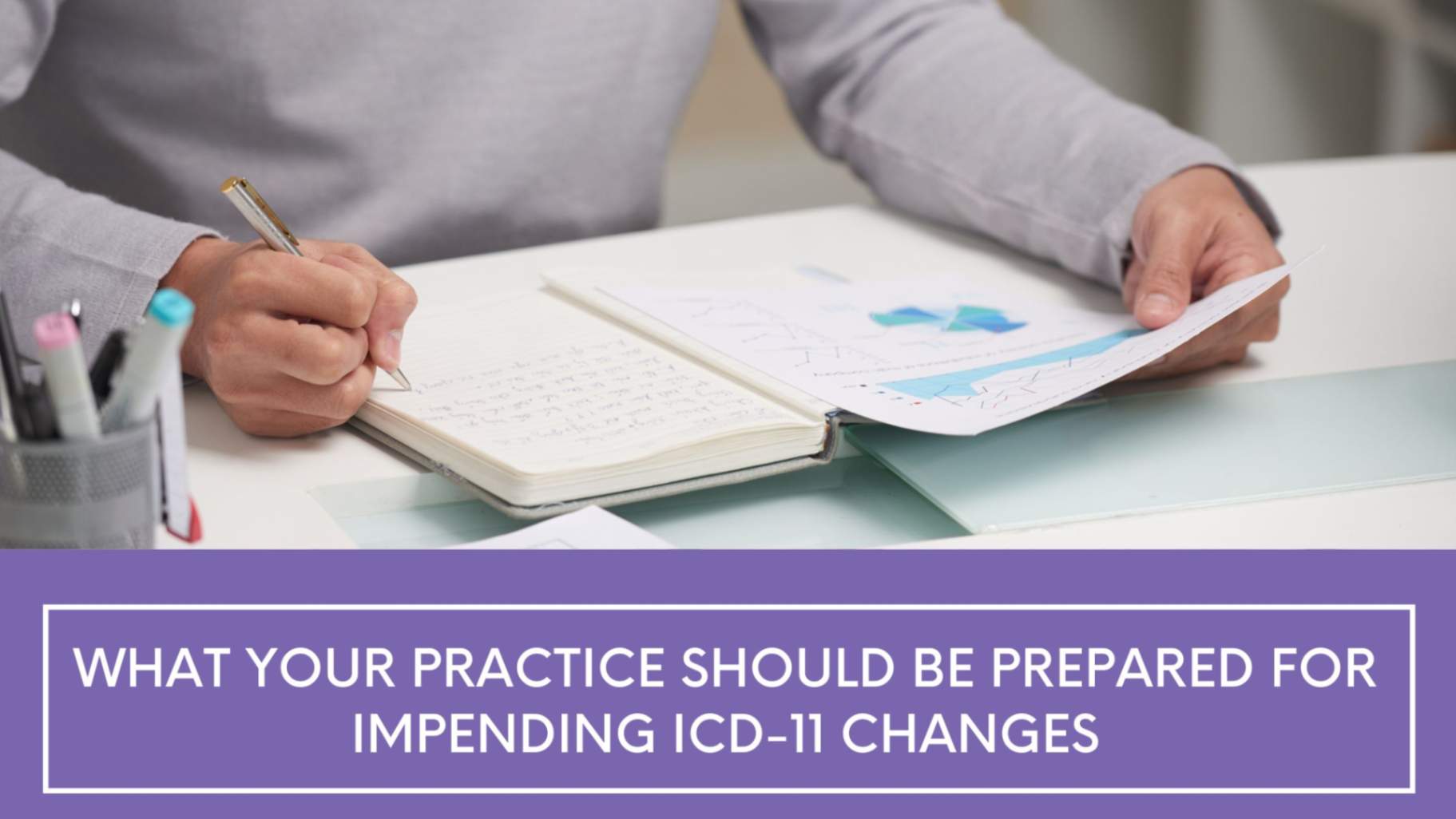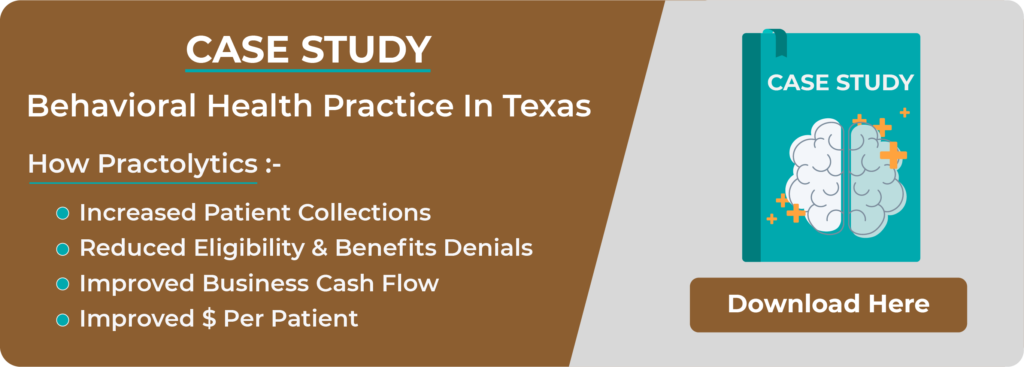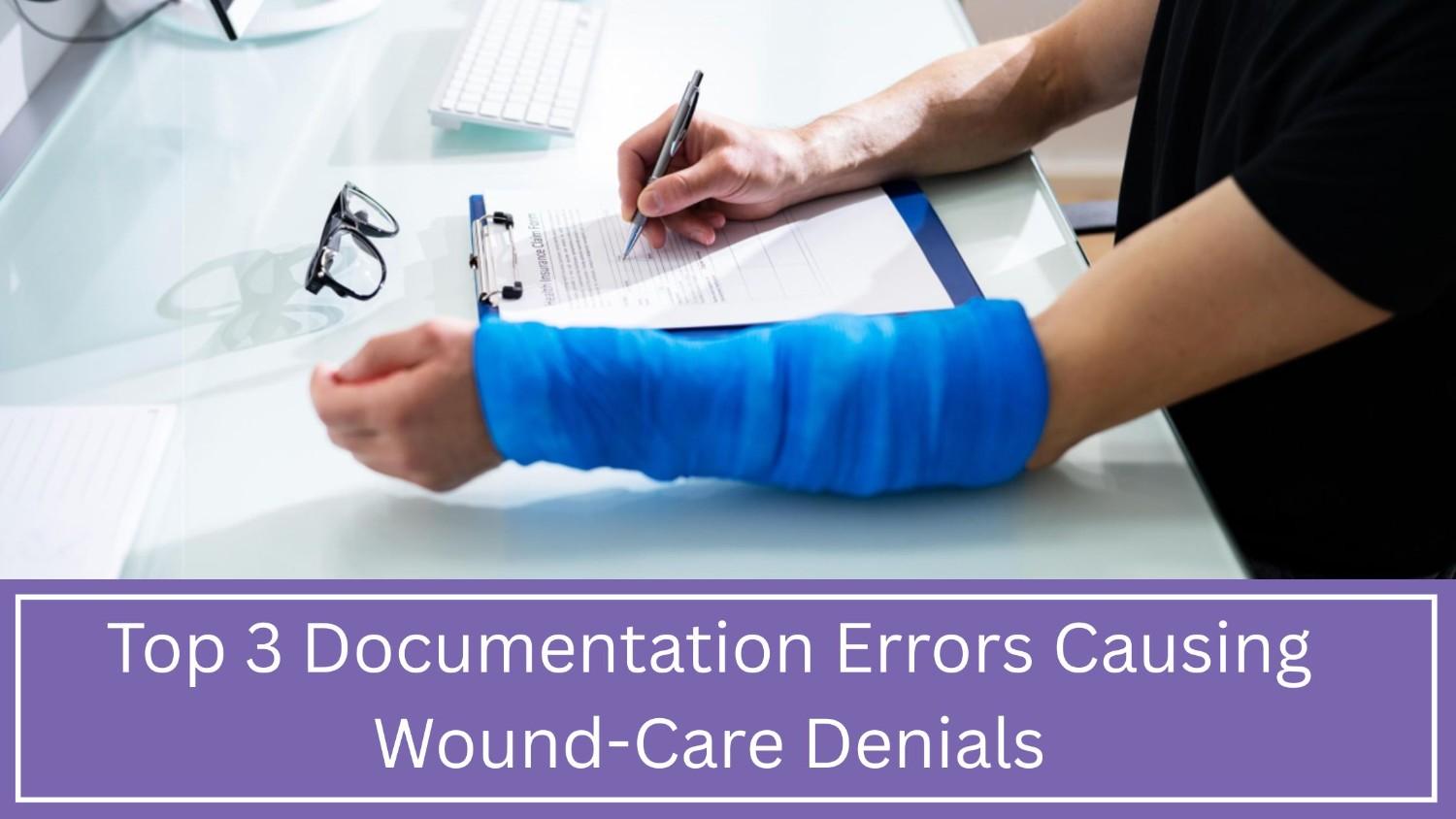What Your Practice Should be Prepared for Impending ICD-11 Changes
ICD-11 was released by the WHO in 2019, but it has yet to be implemented into the US healthcare system. ICD-11 will come into effect on 1st January, 2022. Currently, the US utilizes a variant of the ICD-10, called the ICD-10 Clinical Modification (ICD-10-CM), that was released in 2015.
It may take a few years to implement the ICD-11 system, and this timeline may be further stretched if it is determined that a clinical modification in the form of ICD-11-CM is needed. Nevertheless, it can be said with certainty that implementation of ICD-11 is inevitable.
As per WHO estimates, more than 70% of healthcare expenditure comes attached with ICD codes. Therefore, any physicians or practices who do not adapt to the transition may face issues with reimbursements and suffer preventable rejected claims.
So, in order to avoid any impact on your medical practice solutions and revenue, it is best to be prepared ahead of time. To help you understand how to be prepared for the ICD-11, we will list out a set of crucial steps.
Table of Contents
What is ICD-11?
The International Classification of Diseases and Related Health Problems (ICD) is a tool released and updated by the WHO every 10 years. ICD allows data to be recorded under different headings including diagnosis, conditions treated, reason for admission and reason for consultation.
The chief purpose of ICD is to record, report and categorize health conditions systematically, while also analysing collected data on morbidity and mortality. This is done by translating the health conditions into an alphanumeric code that enables convenient yet accurate storage and retrieval of data. Along with these, ICD is also paramount to the financial side of healthcare for billing, reimbursement and budgeting.
How is ICD-11 different from ICD-10?
ICD-11 has been updated not just to include new health conditions, but also to make recording of data more convenient for the digital era. It is not possible to list out the entire list of changes in the ICD-11 in a single article, but the key changes have been briefly explained below.
- Upgrades to the coding system to make it more comprehensive while enabling easy incorporation into modern digitized medical data recording tools.
- Addition of new categories of health conditions, and change in the categorization of older diseases.
- Physicians can now use multiple codes to specify a particular diagnosis more comprehensively via a new feature called code clustering.
- Approximately 55,000 new codes to its previous list of diagnoses have been added..
- Additional headings are now included such as anatomy, causes, signs and symptoms, disorders, and so on.
- Either simple or complex coding can be done to describe a complex clinical condition in detail.
- Each category will be represented by four characters instead of three.
- Digital format of ICD-11 permits continuous updates and improved translation to codes.
Also Read – Perils of Under-coding or Up-coding Your Services – How Does this Affect Your Practice When Audited?
When will ICD-11 be implemented in the US?
The WHO has not set out a mandatory date for implementation of ICD-11. It may take a few years for ICD-11 to fully replace ICD-10, and for now, WHO accepts data reported with both ICD-10 and ICD-11 codes.
It has been estimated that the US healthcare system may start using ICD-11 codes to record medical data by 2023 at the earliest. To this end, all practices and healthcare sectors must update their IT system and software to enable easier transition to ICD-11 within the next two years.
How can you be prepared for ICD-11?
Being prepared for ICD-11 can be a daunting process, but with proper planning and preemptive preparation, the entire process can be a smooth transition.
For Individual Physicians
It is of utmost importance that you familiarize yourself with the ICD-11 language to document all diagnoses and treatments. For instance, you need to set up the habit of documenting your diagnosis in as much detail as possible to ensure that the codes represent the disease specifically. The importance of specifying the diagnoses cannot be underestimated, as it is crucial for reimbursement.
For Practices
The most essential step to a smooth ICD-11 transition is ensuring that your software and your team is fully prepared to integrate its system with ICD-11 codes.
- Software Upgrade: Whether you are using a medical billing system or an electronic health records system, now is the time to get in touch with the software developers to prepare the system for ICD-11 incorporation.
- Personnel Training: All your employees responsible for recording the data should be intimately aware of all changes in ICD-11 and be prepared to handle any reimbursement issues that may arise as a result of changes to the ICD-11 codes.
- Practice Transitioning: Transitioning to ICD-11 can be made easier if you take a step by step approach. Habit enforcement to use new ICD-11 codes to record medical data can make the transition smoother when you finally have to take the leap from ICD-10-CM to ICD-11.
The updated coding system and other new changes have been explained in detail in the WHO’s ICD website with easy to use reference guides. We, at Practolytics, are experienced in dealing with claim denials and deal with your finances to ensure that your practice is profitable. Practolytics is preparing its clients to move to the next level of diagnostic coding right from this moment to ensure future ready business strategies are in place.
Also Read – Ambulatory Surgery Center Documentation & Coding Guidelines
Talk to Medical Billing Expert Today — Get a Free Demo Now!







